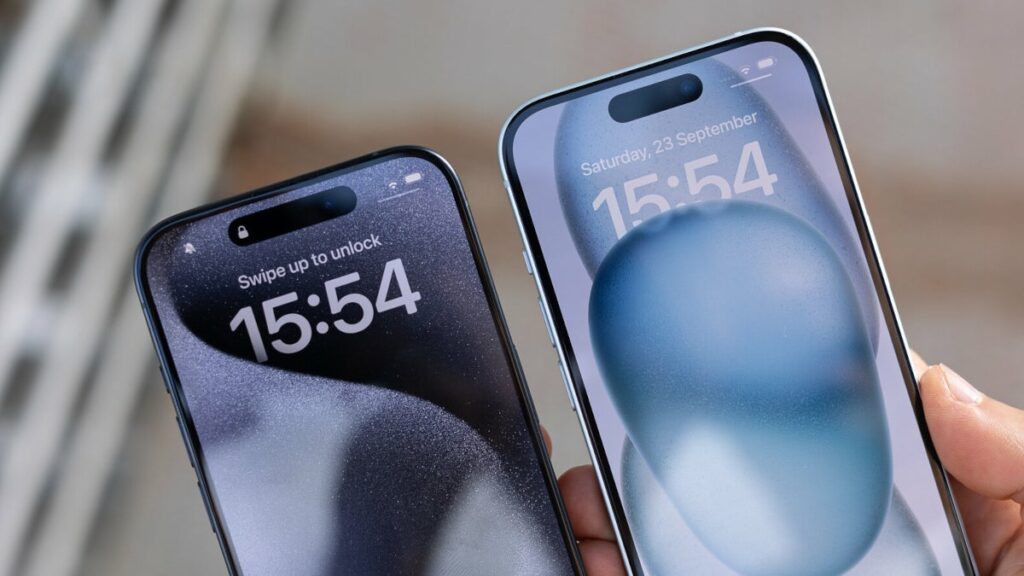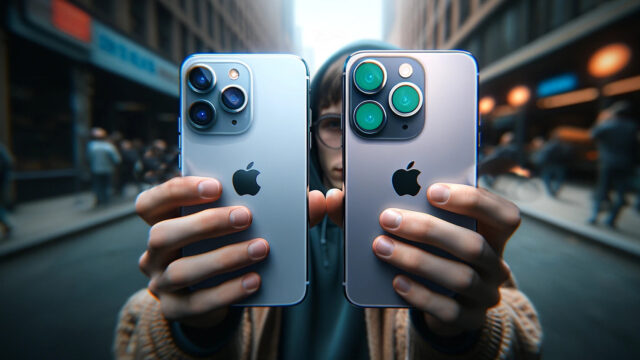As always, Apple will announce its new iPhone series towards the end of this year. The iPhone 16 series will contain differences compared to the previous series, iPhone 15. One of these differences will be the screen hardware. Will the series, which will feature larger and more expensive screens, see unexpected price increases? Will the iPhone 16 Pro screen incur additional costs for consumers?
What will the iPhone 16 Pro screen be like?
It is reported that Apple will differentiate its Pro iPhone series by using larger screens. Rather than mimicking the 6.1-inch iPhone 16 and 6.7-inch iPhone 16 Plus screen sizes as it has done so far, this year’s iPhone 16 series will have four different screen sizes.

According to renowned Apple analysts and leaked CAD schematics regarding the sizes, the iPhone 16 Pro will feature a 6.27-inch OLED panel. This will likely be listed as a 6.3-inch screen in official specifications, while the iPhone 16 Pro Max will be equipped with a 6.85-inch OLED panel. The screen size may even be rounded up to 6.9 inches in marketing materials.
It is claimed that Apple is implementing a method called “border reduction structure” from its main iPhone 16 Pro series screen suppliers, Samsung and LG, to achieve a 0.2-inch increase in screen diagonal. This method involves trimming the non-functional area on the edges necessary only for the screen driver circuit and physically minimizing it to the lowest possible level.
Apple is playing Russian roulette with the iPhone 16! One model’s battery capacity will decrease According to information from close sources, the battery of the iPhone 16 Plus will undergo an 8% decrease, dropping to 4006 mAh.
This is especially valid for the lower frame where the screen driver circuit is located. Cutting the lower frame will thus be the most challenging part for LG and Samsung. It is claimed that both companies have informed Apple that they cannot increase production efficiency further due to more demanding screen production requirements.
Especially LG, which only supplies half of its production to Apple, cannot rely on economies of scale like Samsung, so it is looking for ways to reduce production costs. Diversifying suppliers for the thinner lower frame of the iPhone 16 Pro and 16 Pro Max will allow LG to make screens cheaper while adhering to Apple’s production standards.
For Apple, this could mean controlling costs and offering the iPhone 16 Pro series at the same price as the iPhone 15 Pro, despite the larger screens. Of course, other differences and costs may raise the device’s price, but the screen may not be one of them.
What do you think about this topic? You can share your thoughts with us in the comments section.














